A feel-good home that breathes nature — and gives you room to breathe too.
Why Biophilic Design Is More Than a Trend — It’s a Return to Our Roots
Let’s be real: the modern world pulls us in a thousand directions. We’re constantly plugged in, scrolling, working, and multitasking — sometimes we forget to pause. And where do we go when we’re stressed? The beach. The mountains. The park. Somewhere green.
That’s the whole idea behind biophilic design: weaving elements of nature into your space so it becomes a little sanctuary for your body and brain. But this isn’t just about tossing a few plants on a shelf. It’s about creating an environment that helps you feel grounded, calm, and actually happy — using design principles rooted in nature.
So if you’ve ever caught yourself smiling because a sunbeam hit your sofa just right, or found peace in the rustle of indoor leaves — you’re already tapping into this. Let’s break down the real trends shaping biophilic spaces this year and how to pull them off with heart (and a bit of style, of course).
1. Big, Bold Plants as Room Anchors
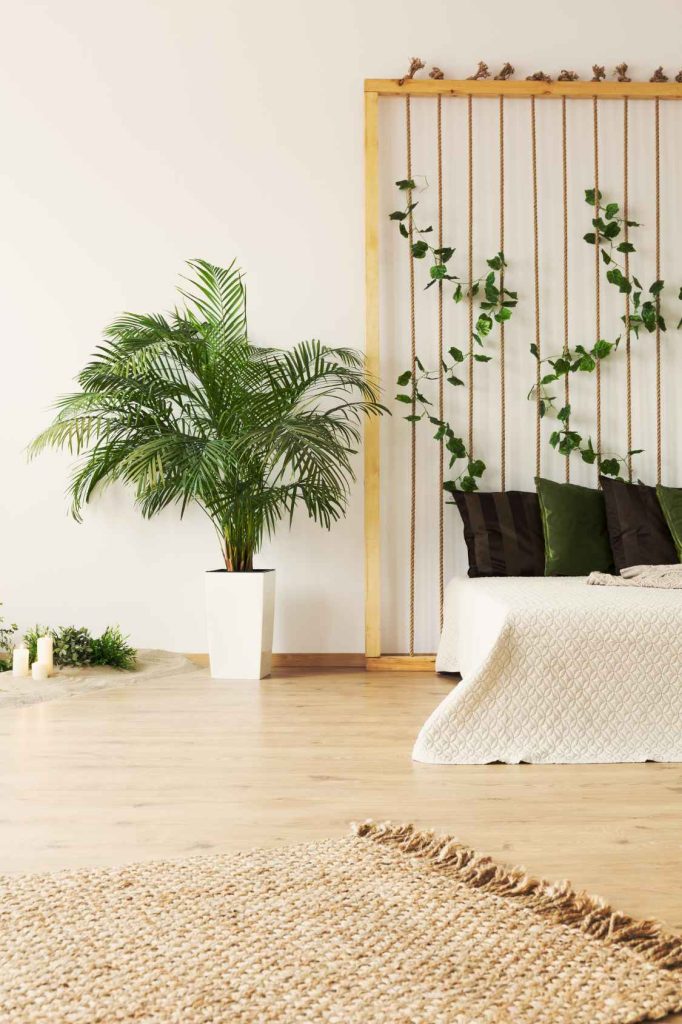
We’re not talking about tiny succulents here. The current mood is lush and sculptural — oversized fiddle leaf figs, olive trees, or even bird of paradise plants placed intentionally in living spaces.
Why it works: Plants clean the air, regulate humidity, and visually soften a room. But beyond that? They bring something soulful. They grow with you.
Tip: Put one tall plant near a window and keep the pot minimal — think clay, stone, or woven baskets. Try Bloomscape or The Sill for beautiful, healthy options.
2. Let the Light In (and Bounce It Around)
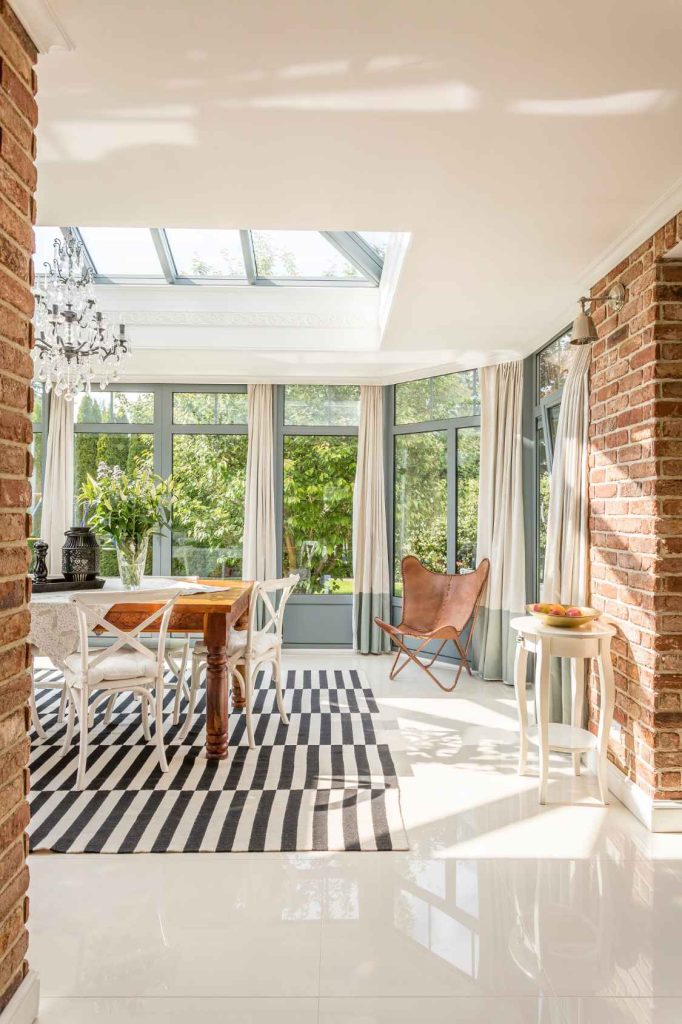
Natural light is one of the most healing design tools we have — and it’s free. We’re seeing more homes rework layouts just to get more of it. Think: light-colored walls, mirrors opposite windows, and sheer linen curtains that sway softly when the wind blows.
Why it works: Sunlight sets your circadian rhythm, boosts serotonin, and even helps houseplants thrive.
Tip: Place a mirror near your largest window to reflect light deeper into the room. Opt for soft white walls (not stark white!) to keep things warm and inviting.
3. Earthy, Textural Materials That Ground You
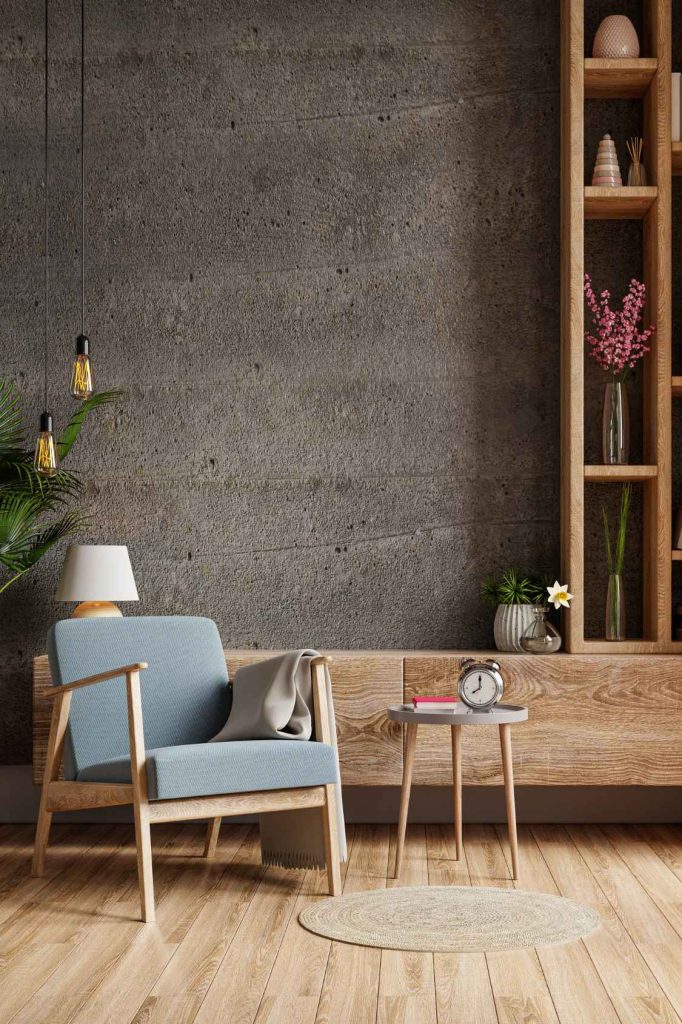
We’re in a texture moment, and I’m here for it. Homes are embracing raw, tactile surfaces — wood grains you can see and feel, natural stone, clay, rattan, cork, and handwoven textiles. These materials age beautifully, which adds depth over time.
Why it works: It’s not just visual — touch matters. These materials offer a quiet kind of luxury that synthetic surfaces can’t match.
Tip: Start small. Swap a plastic planter for a terracotta one. Add a jute rug or a linen throw. Layer textures for that effortless, styled feel.
4. Water as a Wellness Element
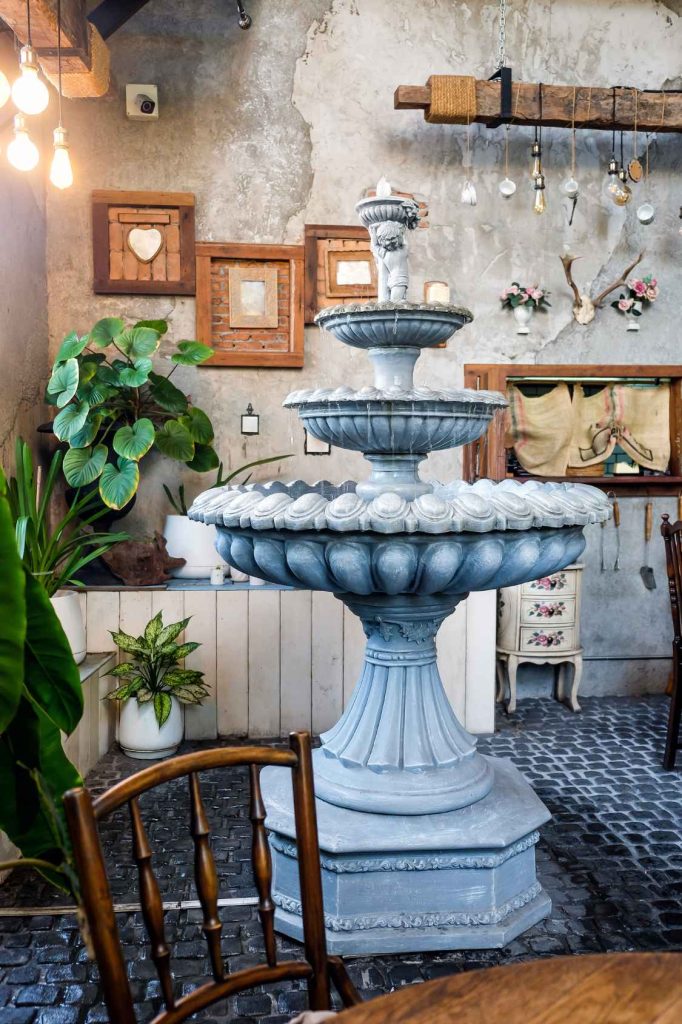
You know that calm feeling when you’re near the ocean? Turns out, water — even in small amounts — creates a restorative environment. This is where indoor fountains, tabletop waterfalls, and water-inspired soundscapes come in.
Why it works: The sound of water lowers cortisol (your stress hormone) and evokes calm instantly.
Tip: A sleek, modern tabletop fountain can sit on your desk or shelf. If you’re not into actual water, try a sound machine with gentle streams or ocean waves. The Calm app has fantastic options.
5. Nature-Inspired Art That Feeds the Soul
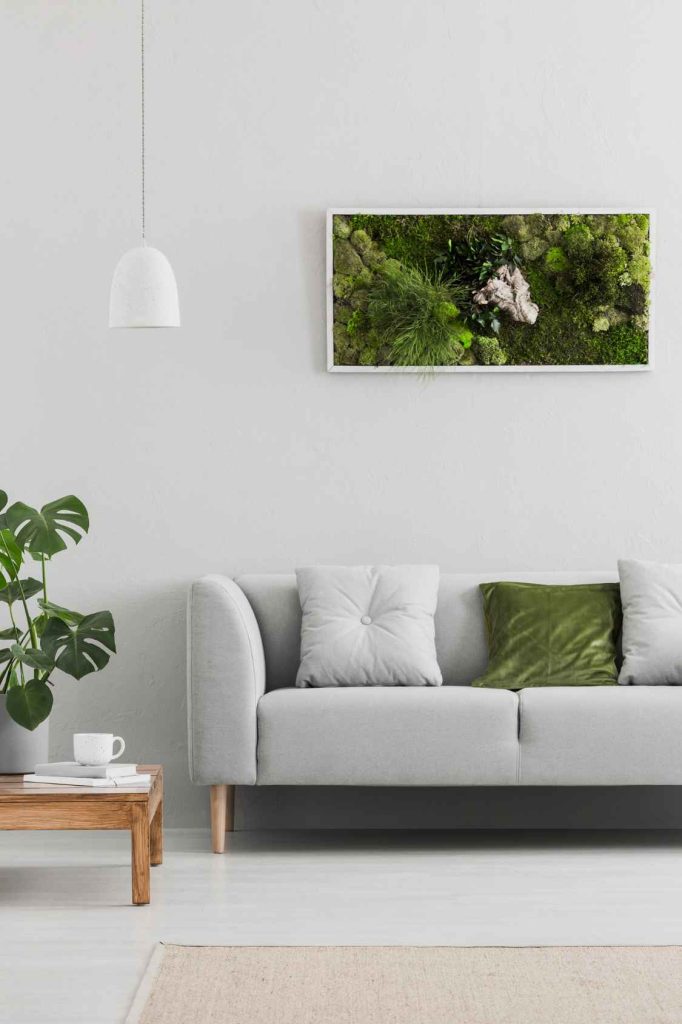
Let’s normalize putting up art that makes us feel something. Botanical sketches, ocean photography, abstract mountains — it’s not about the exact subject, but how it reminds you of nature and calm.
Why it works: Our brains respond to natural imagery almost as positively as to the real thing.
Tip: Create a mini-gallery wall using nature prints. Etsy has stunning downloadable art you can frame yourself — budget-friendly and beautiful.
6. Vertical Gardens & Living Walls
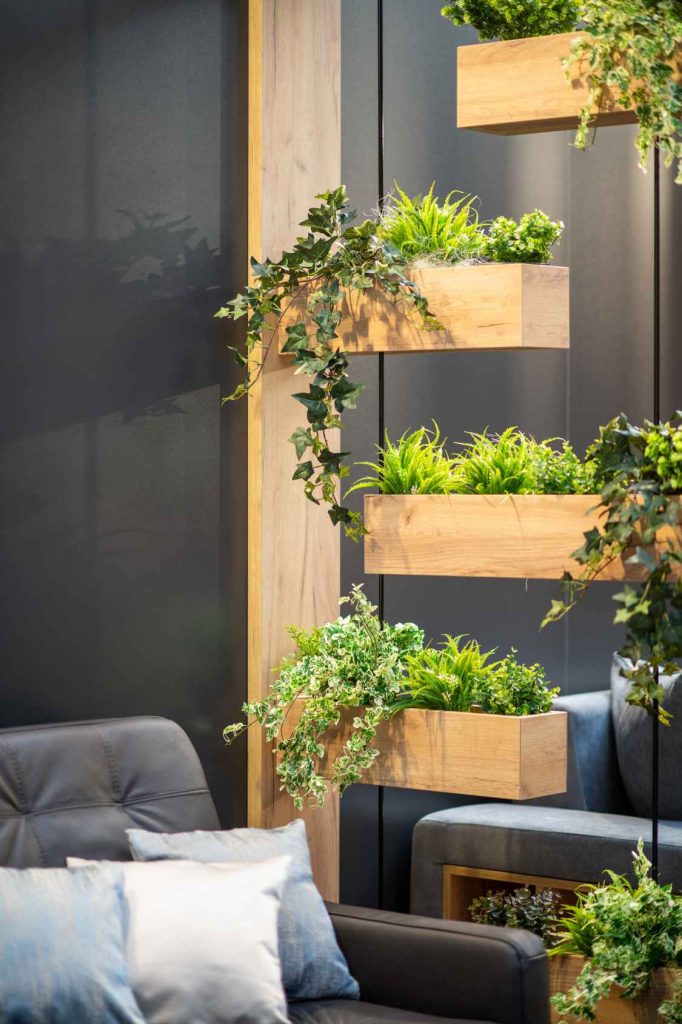
This one’s for the design-forward folks who want their home to feel like a boutique spa. Green walls — whether with real plants or preserved moss — are now being used in entryways, bathrooms, and kitchens to create focal points that feel alive.
Why it works: It’s high-impact with low maintenance (especially with preserved moss).
Tip: Try modular wall planters if you’re short on space. Moss art panels from places like Etsy or Modern Sprout are also trending.
7. Soft Textures, Natural Fibers
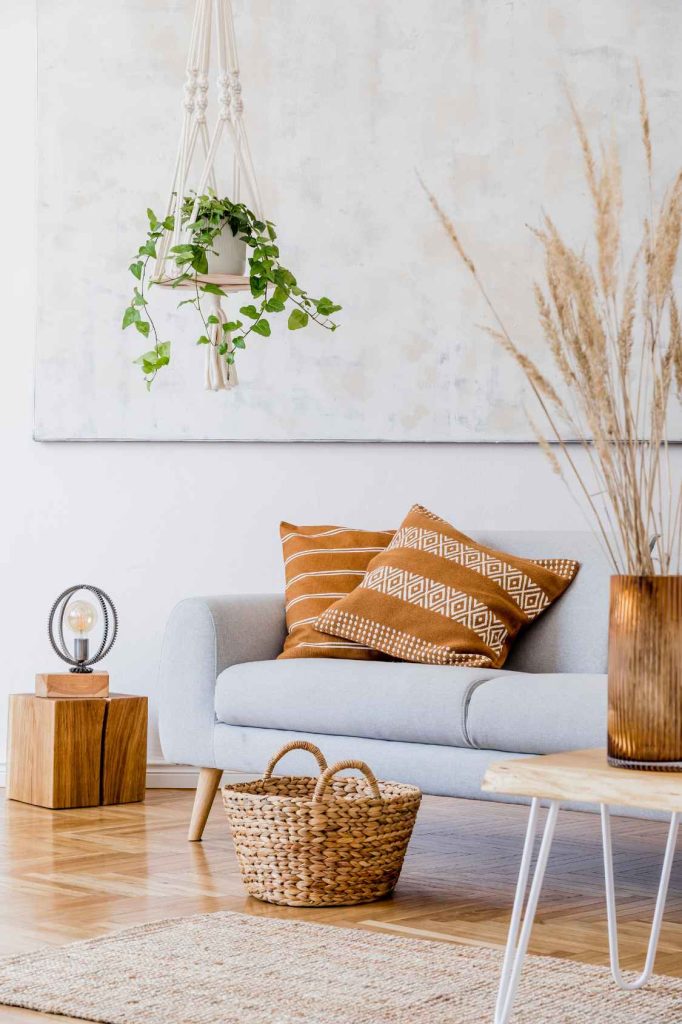
Wool, cotton, linen, bamboo — these are the fabrics of nature. Right now, soft texture layering is big: think linen bedding, a chunky throw, a handwoven cushion, all in the same palette.
Why it works: It creates visual warmth and invites you to slow down. Plus, breathable fabrics help regulate body temperature — perfect for deeper sleep.
Tip: Switch out synthetic throw pillows or blankets for natural fiber ones. The difference in feel (and sleep!) is real.
8. Seasonal Florals & Foliage
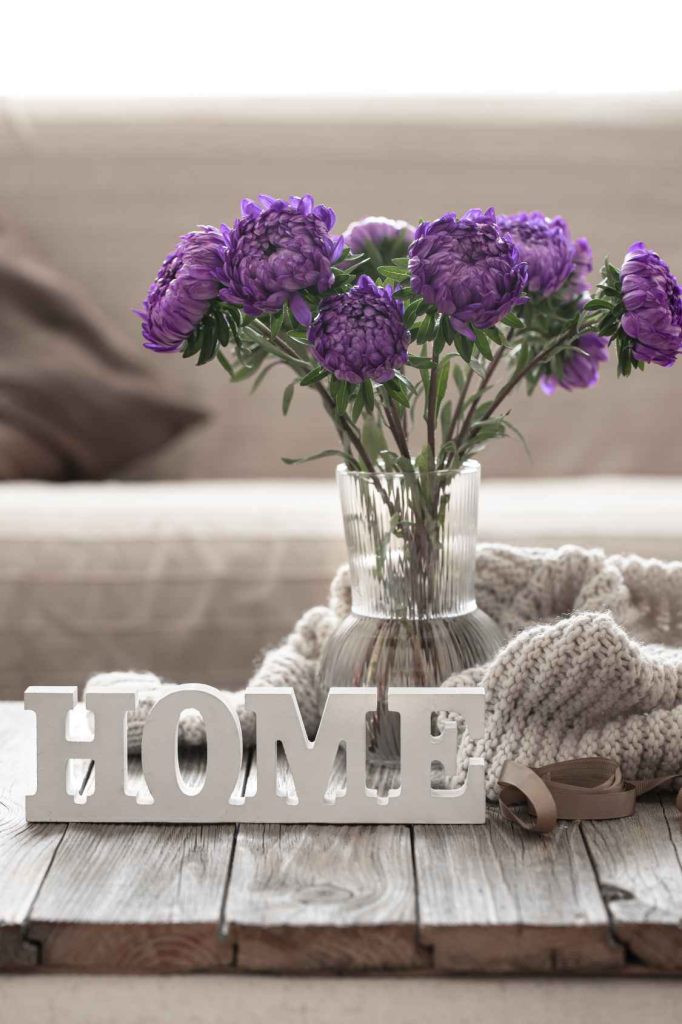
Forget plastic flowers. We’re embracing what’s in season — fresh eucalyptus in winter, wildflowers in spring, sunflowers in summer. And dried botanicals are totally in too — pampas, lavender, preserved ferns.
Why it works: Flowers don’t just decorate a space — they give it rhythm.
Tip: Keep one clear vase ready and make a habit of picking up florals weekly — even if it’s just from your yard or the farmer’s market.
9. A Strong Indoor-Outdoor Connection
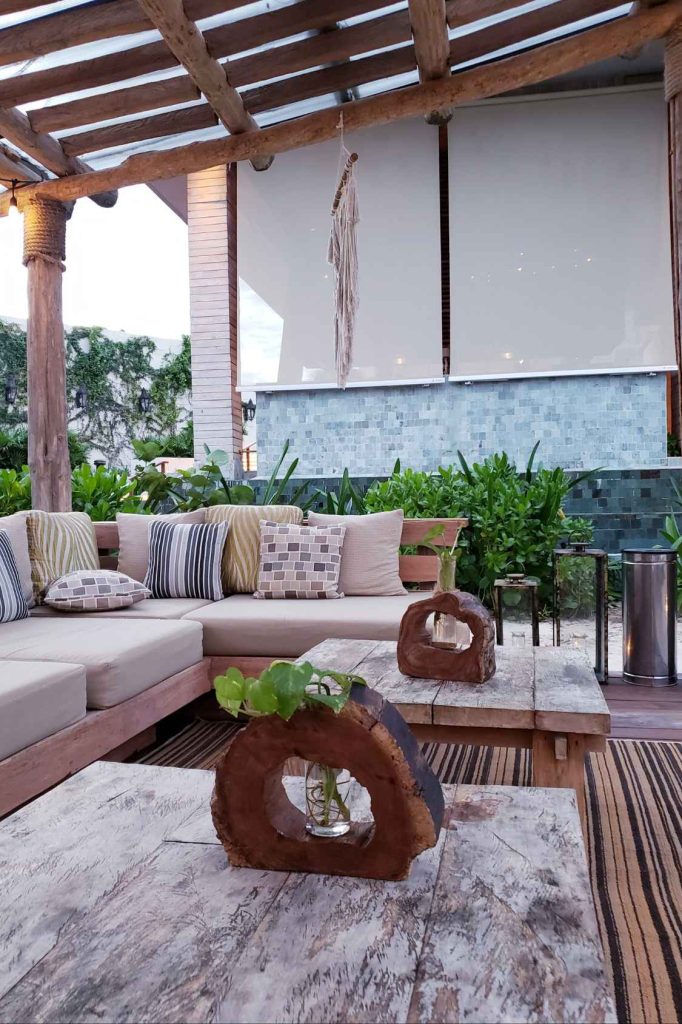
Patio doors, plant-lined balconies, even kitchen gardens — the goal is to blur the boundary between inside and out. You don’t need a big backyard; just open the window, line the sill with herbs, and pull up a chair.
Why it works: The closer we are to the natural world, the more balanced we feel.
Tip: Add fairy lights, an outdoor rug, and two chairs to any balcony or tiny porch. Boom — your new favorite hangout.
10. Soundscaping — the Secret Ingredient
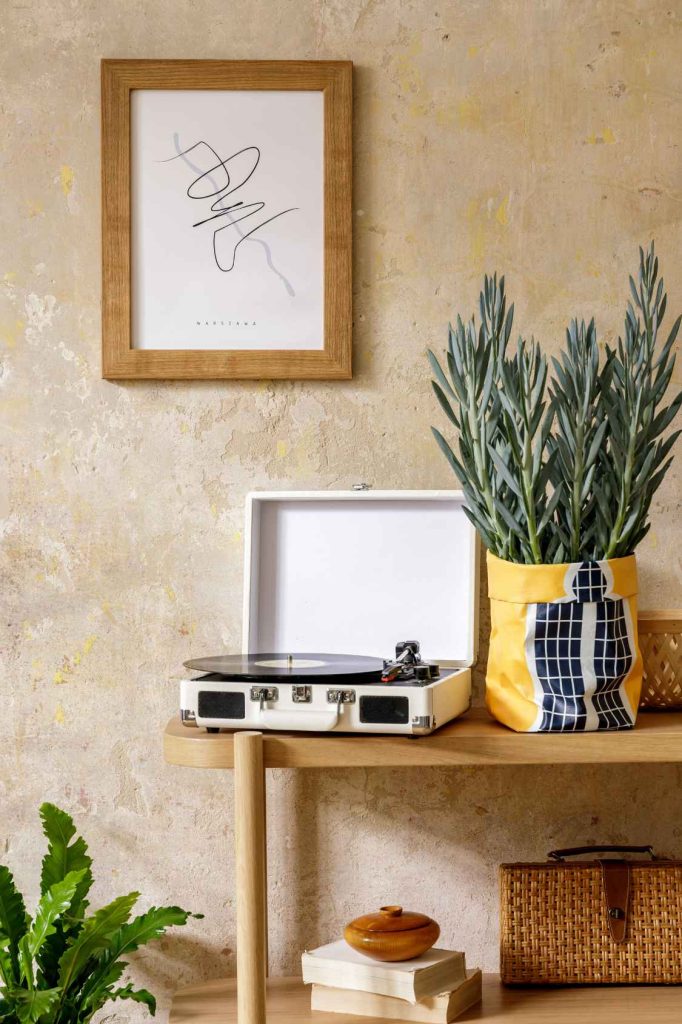
Ever walked into a room with soft forest sounds or birdsong playing? It changes everything. Now designers are integrating sound as a wellness element — and you can too.
Why it works: Nature sounds lower anxiety and help concentration.
Tip: Start or end your day with forest sounds or waves. Bonus: it drowns out street noise, too.
Final Thoughts: It’s About Feeling Good — Not Following Rules
Biophilic design isn’t about perfection. It’s about reconnecting with what makes us feel good: light, texture, plants, flow, and air. It’s intuitive. It’s personal. And best of all — it’s flexible.
You don’t need to overhaul your space. Maybe it’s just a plant on your desk. Or sunlight dancing on your hardwood floor. Or a linen throw that makes your couch your favorite place again.

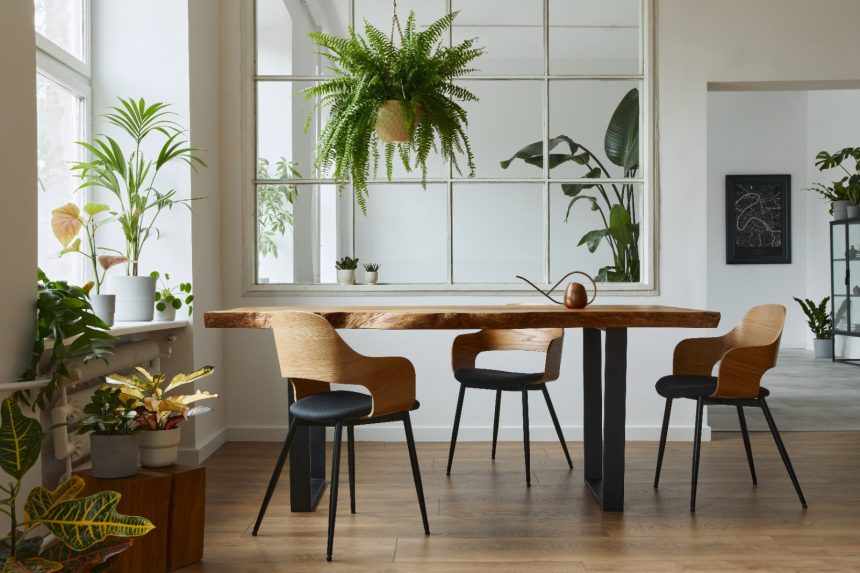
Leave a Reply